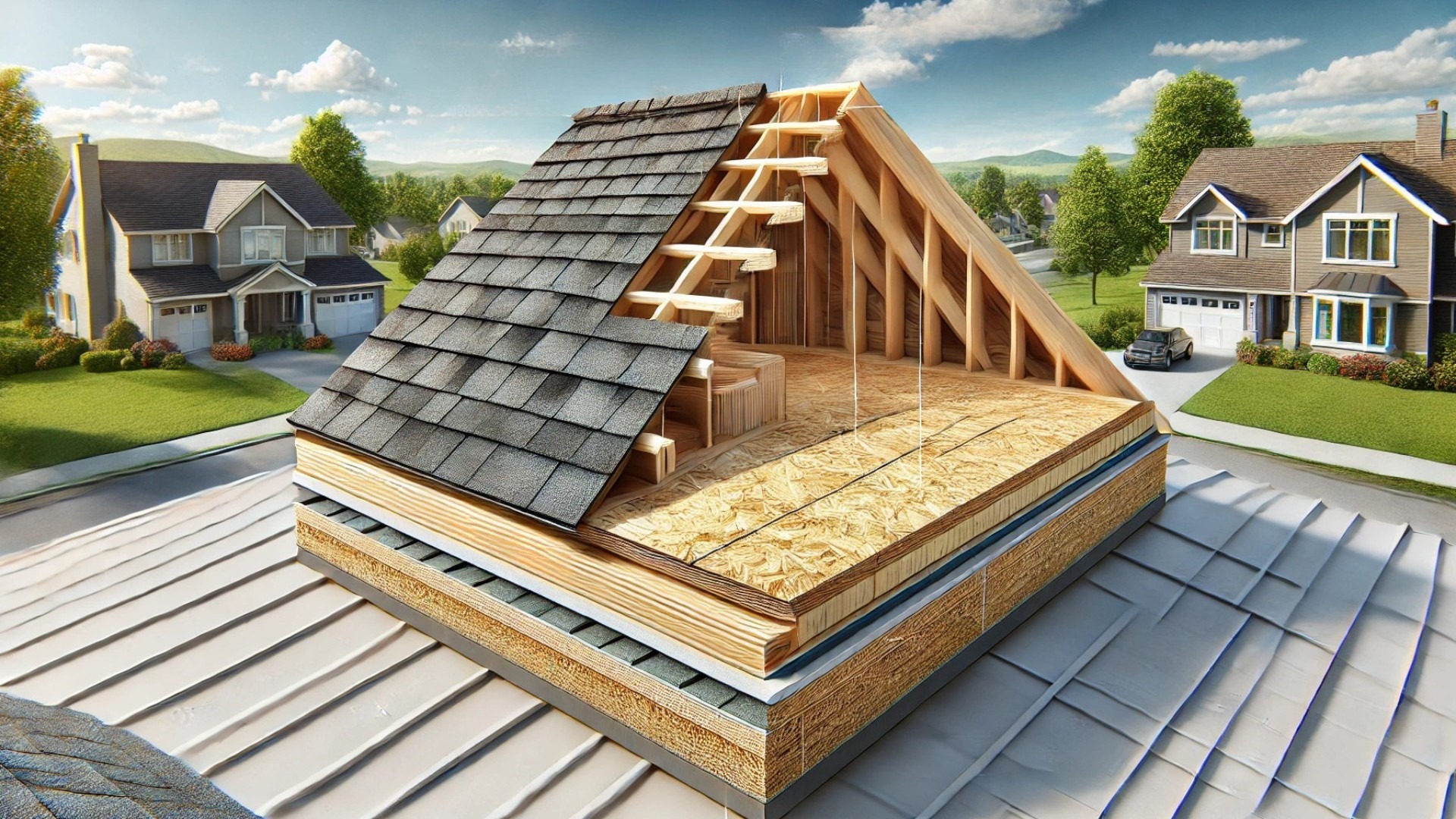
Why Climate-Adaptative Roofing Is Essential in Today’s World
As our world navigates the increasingly erratic landscape of climate change, one critical area that demands our attention is the roofing industry. Climate-adaptive roofing solutions have emerged not only as a trend but as a necessity for homeowners grappling with rising temperatures and extreme weather events. With traditional roofing materials facing daunting challenges—from heat damage to water infiltration—these innovative systems offer a much-needed respite for our homes.
Understanding the Importance of Climate-Adaptative Roofing
The urgency for climate-adaptive roofing has never been clearer. Events like heatwaves, floods, and storms are becoming common threats, revealing a growing gap between traditional roofing capabilities and the harsh realities of modern weather. In the UK alone, insurers reported a staggering £573 million in claims related to weather damage in 2023. As homeowners, that’s not just a statistic—it’s a wake-up call. If your roof can’t stand the test, you’re not only risking structural integrity but also facing financial turmoil through increased insurance premiums and costly repairs.
Key Features of Climate-Adaptative Roofing
What makes climate-adaptive roofs stand out? Here are some fascinating features:
Impact-Resistant Materials: Utilizing durable materials such as specialized asphalt shingles or metal roofing, these roofs can withstand the extremes—like hail storms and debris—better than their conventional counterparts.
Enhanced Waterproofing: Techniques like liquid waterproofing membranes create a seamless barrier against leaks, critical in an age of increased flooding.
Cool Roofing Technologies: Reflective materials that deflect the sun's rays not only keep indoor temperatures down but contribute to overall energy efficiency. Imagine a home that lowers its cooling needs simply by having the right roof!
Adaptive Insulation: Advances in insulation materials respond dynamically to changing temperatures, maintaining a comfortable indoor environment and reducing energy consumption.
The Complementary Benefits of Climate-Adaptative Solutions
While a strong roof is vital, integrating other energy-efficient technologies enhances overall home resilience. For example, heat pumps are becoming popular alternatives to traditional heating, offering efficiency rates up to 400%. When combined with smart home technologies—like programmable thermostats that learn your habits—the benefits multiply, leading to homes that are not just reactive but proactively prepared for climate challenges.
The Path Forward: Sustainable and Resilient Homes
In light of the ongoing climate shifts, it’s crucial to view climate-adaptive roofing as more than a retrofit; it’s a forward-thinking investment in your home’s lifespan, value, and your own peace of mind. As we embrace these adaptive solutions, we also push for sustainable practices that not only protect our homes but our communities as a whole. After all, each resilient roof contributes to a broader goal of sustainability and safety.
The future of our homes depends on the choices we make today. Take the proactive step towards climate-adaptive roofing—ensure your home is ready to face the elements and contribute to a greener planet. By making these informed choices, homeowners can safeguard their dwellings against both nature’s fury and financial distress.
 Add Row
Add Row  Add
Add 




Write A Comment